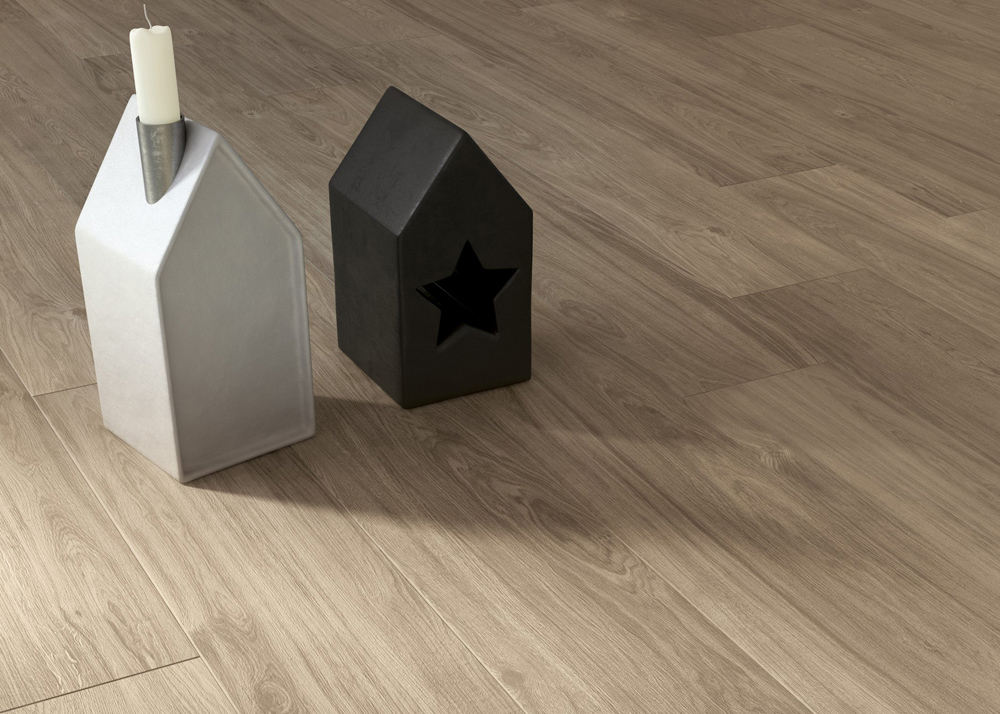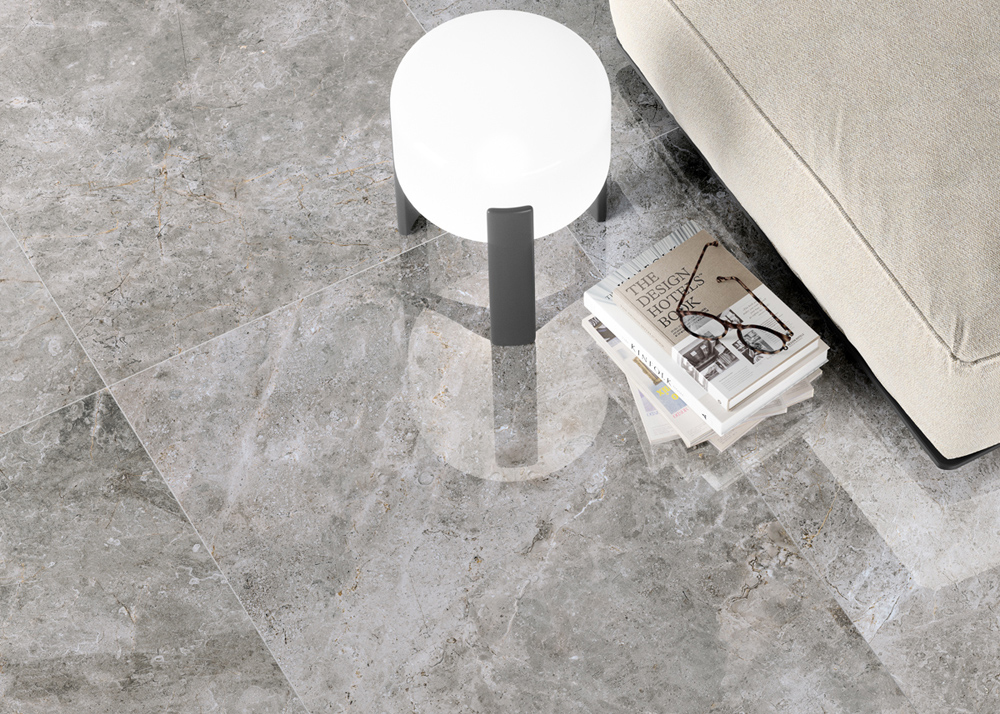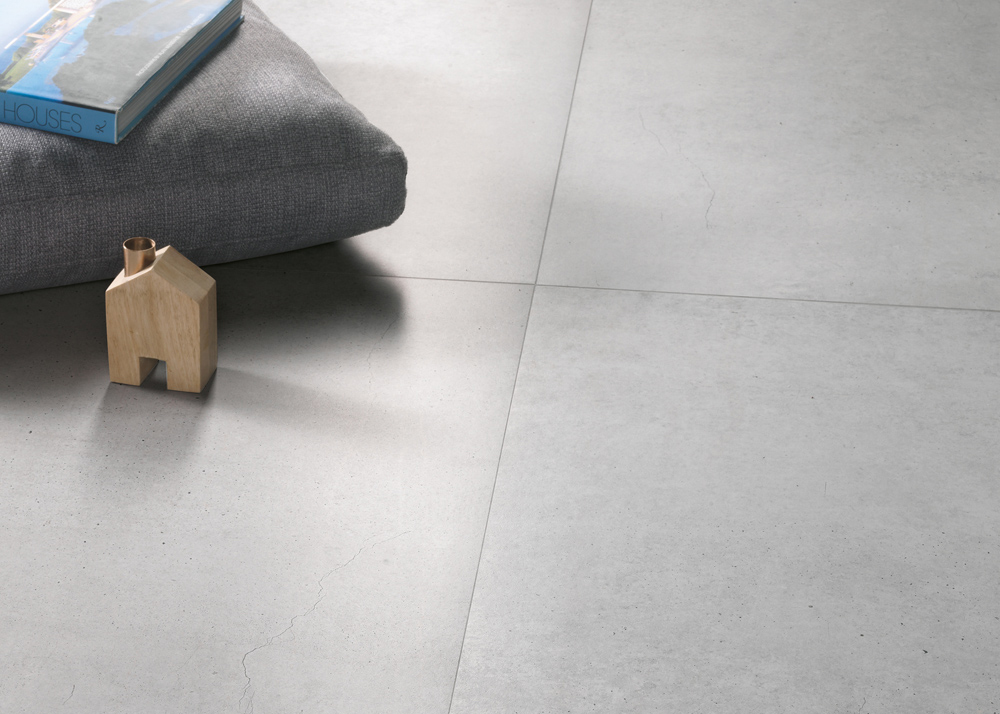Different ceramic floor materials survey
The are many ceramic materials, each one with precise features and destination use. The greatest difference is between glazed and unglazed floor tiles. The glazing consists in a coloured vitreous layer allowing for the creation of a wide range of colours and shades. Unglazed tiles have a uniform appearance throughout their thickness. The terracotta, for example, also known as rustic terracotta, Tuscan terracotta or Florentine terracotta, is usually unglazed (even though some terracotta tiles were launched on the market totally or partially glazed). Generally they come in big size (25×25 cm, 30×30 cm, 20×40 cm, 40×60 cm) particularly indicated for indoor flooring, upon impregnation treatment with substances to enhance their colour shade and their cleanliness. Another kind of material is the cottoforte, typical of Emilia-Romagna, whose tiles are glazed with a non transparent glaze and are mainly used for indoor flooring, only rarely as cladding. Through the single-firing production technology slab and glaze are fired simultaneously, with a sole thermal treatment. Thanks to the slab’s wide variability gap of water absorption (varying from somewhere close to zero to nearly a 15%), single-fired tiles can include a wide range of glazed materials with many different physical features. One thing they have in common is the employment of clays containing iron oxides for the body preparation. Single-fired tiles can be used both as wall or floor tiles. The production process of the double-fired tiles consists in two phases: the first one where the slab is fired and the second one where the glaze is melted by means of thermal treatment. The double-firing is exclusively used for claddings. Single and double fired tiles can have a red or a white body and are mainly destined to the residential market for indoor use. The clinker tiles are compact body products widely used for outdoor floorings thanks to their peculiar features deriving from the raw materials and the manufacturing technologies employed. It is a wear- and weather- resistant material and it has a great mechanical strength. While in a glazed ceramic product section the body, which determines the mechanical resistance features of a tile can be easily distinguished from the glaze, which determines its aesthetic appearance and its wear resistance, the surface and body of porcelain stoneware make one whole. Porcelain stoneware is composed of a mixture of raw materials similar to that used for sanitary-ware. The term porcelain, which underlines stoneware refined elegance, comes from the use of kaolin, white china clay also used for bone china production. Clays and valuable feldspars through a firing process at extremely high temperatures turn into stoneware tiles with the following features: frost- and chemical- resistance, impact strength and scratch hardness. Therefore, porcelain tiles is absolutely resistant, hygienic and yet has fashionable and elegant appearance thanks to its vitrified surface, that grants the tile an excellent water resistance and a great mechanical strength. Such vitrification is an integral part of the tile and there is no need for glazing. Primarily destined to outdoor and indoor flooring, public and private building, porcelain stoneware was first divided into two typologies: natural stoneware, generally known as technical porcelain stoneware, and glazed porcelain stoneware. Technical stoneware has a marble effect very similar to that of natural marble though preserving all the stoneware technical features. Glazed porcelain stoneware allows to choose among a variety of colours, styles, sizes, decorations and “textures” someway peculiar to glazed ceramic. The same can be said as for stain resistance, all that combining the stoneware performances and slab duration. Moreover, the glazing makes the cleaning process easier while guaranteeing a perfect surface hygiene.


